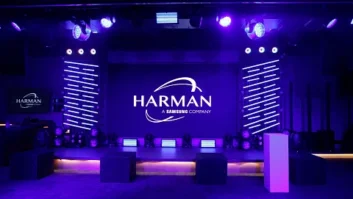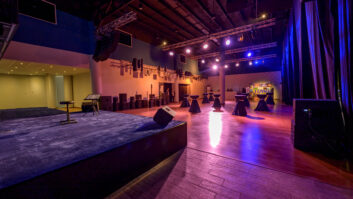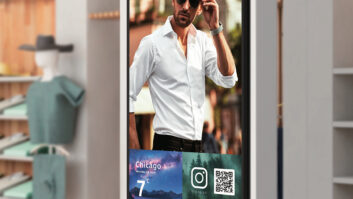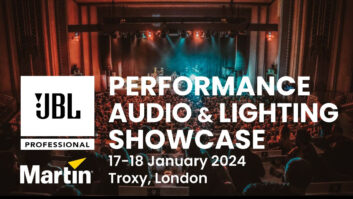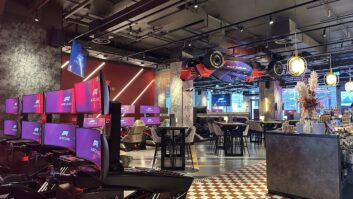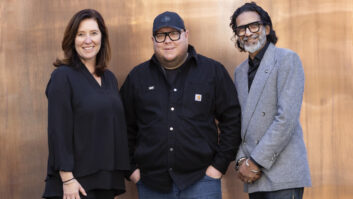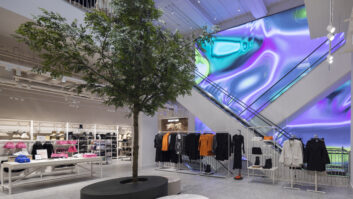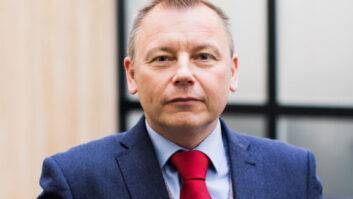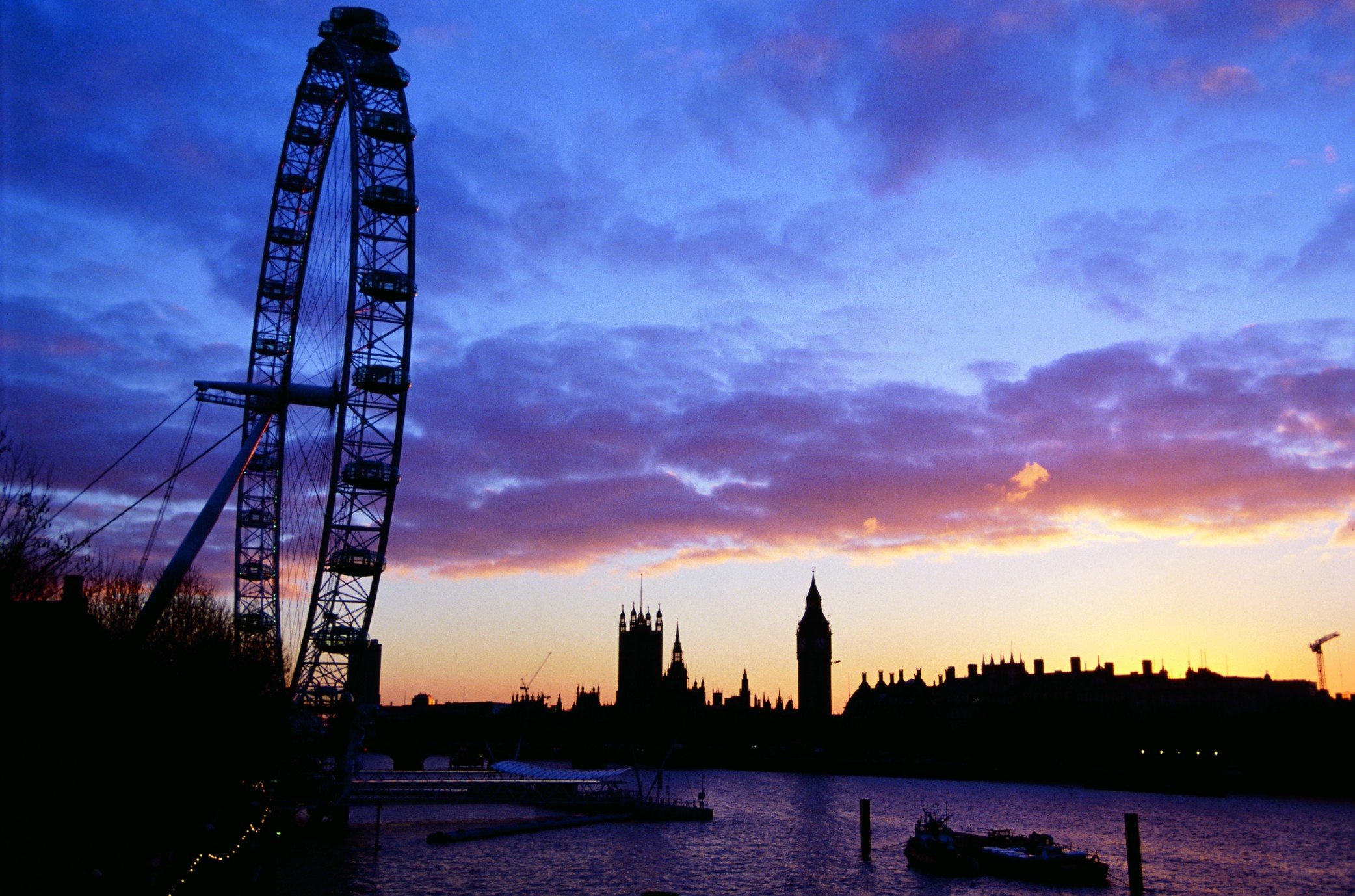
When the time comes for a long-running attraction to get a technology refresh, there can sometimes be a limited opportunity to get the new kit installed. Paddy Baker reports on how a tired audio system was replaced at a key London landmark.
It’s not unusual for leading tourist attractions to provide some additional value for their customers, particularly when it comes to keeping them entertained as they wait for the experience that they’ve paid for.
This is the rationale behind the 4D Experience at the Coca-Cola London Eye, a free-to-attend cinematic event that has been running at the attraction for a number of years. Described as featuring ‘ground-breaking and spectacular in-theatre effects’, the 4D Experience tells the story of a little girl who is unable to see the sights of London clearly until a seagull shows her the Eye and her father takes her to visit.
The narrative is enhanced by 4D elements that include mist, snow, rain, smoke, bubbles and wind effects. These are experienced by up to 200 visitors at a time as they await their trip on the 135m wheel above the UK capital.
In 2013 the decision was taken to renovate and update the facility. This involved stripping back the interior of the venue, replacing various displays, adding new interactive effects and replacing and enhancing the audio system. Integrator Southby Productions, which had a history of work at the attraction, was called on to supply and install the audio elements.
More even coverage
The existing audio system had been in place for six years by the time of the refurbishment. Director James Southby explains: “The system – which runs from around 10:00am to 8:30pm every day – was suffering from age and lack of maintenance. There were some reliability issues with drivers on the subs and channels dropping out on the amplifiers.” But the new system wasn’t simply intended to provide a more reliable system; it also provided an opportunity to improve audio fidelity in the attraction. The London Eye team was “looking for a more even, more consistent audio coverage”, explains Southby.
For his company’s part, this involved “looking at how big the room is, what the layout is and trying to ensure that the person in the front left corner gets the same experience as the person in the middle. We also did some time alignment to make all of this work, and put in some equalisation.”
A complicating factor was that there was only a narrow time window for the work to be carried out. The attraction’s only major shutdown period takes place over two weeks each January – so all the work would have to be done during that period in 2014.
Southby chose a system based around equipment from d&b audiotechnik. “We opted for an xA-Series system, with 10As on the left, right and centre of the screen and supported by 18A-SUBSs and B2 subwoofers from the C-Series for the extended bass requirements of the special effects,” he explains. “For the vital surround system, the unobtrusive 8S loudspeakers from the xS-Series were used.” Amplification is from D6 and D12 amplifiers, with control provided by a d&b R1 control system: “exactly what was needed for a programme of this type”, says Southby.
He continues: “We are mindful that many visitors are small children or possibly wheelchair users so not everyone is at a similar height, unlike a seated auditorium. Steve Jones from d&b audiotechnik Application Support and Education and I created the sound design with these variables in mind.”
The main speaker system had to be installed behind the new screen and new cable runs made as the building work progressed. It proved possible to re-use much of the existing speaker cabling. “We were on site for two days of installation and a day of tuning,” remarks Southby. “The room had been acoustically treated during the refit to isolate the sound from other parts of the building; County Hall [the venue’s location] is not only listed but contains organisations that are very separate from each other. In effect we could not be absolutely sure how the room would finally sound as it was effectively being built around us.”
One idea for the sound system that was considered but rejected was to have a fully digital audio system, “with playback from a computer server with everything travelling digitally to the rack”, says Southby. However, it was realised that “this would have added an extra layer of complexity in a short space of time. So we ended up taking the analogue route, in a dual-redundant configuration, with a second server and most components – apart from speakers, amplifiers and projectors – doubled up.”
One year on
Following a year of continuous playback, Southby had the opportunity to revisit the system during the January 2015 shutdown period. “We were only there a couple of hours. We didn’t have any problems – we went through everything and made sure it was still functioning as it was when we left it, and asked them if they had any problems or issues.”
One issue did come to light during this visit: noise spillage into the hotel situated on the floors above the 4D Experience. Southby says he encouraged the venue team to take d&b’s cardioid subs rather than the omnidirectional models, but the former, with their more controllable output, were deemed unnecessary by the client, who believed spillage would not be an issue. In fact, the operators have had to reduce the attraction’s overall SPL slightly on account of this. “I don’t think it’s a problem, though, as there’s more than enough level in there, and it’s infinitely better than what they had before. They’re all very pleased with it,” he remarks.
Southby concludes: “The increased audio experience has enhanced the whole performance as it plays such a big part in delivering the special effects to the audience. So I’m happy to say we’ve ticked all three of the big boxes: we were on time, on budget and the audiences leave with a smile on their faces!”
